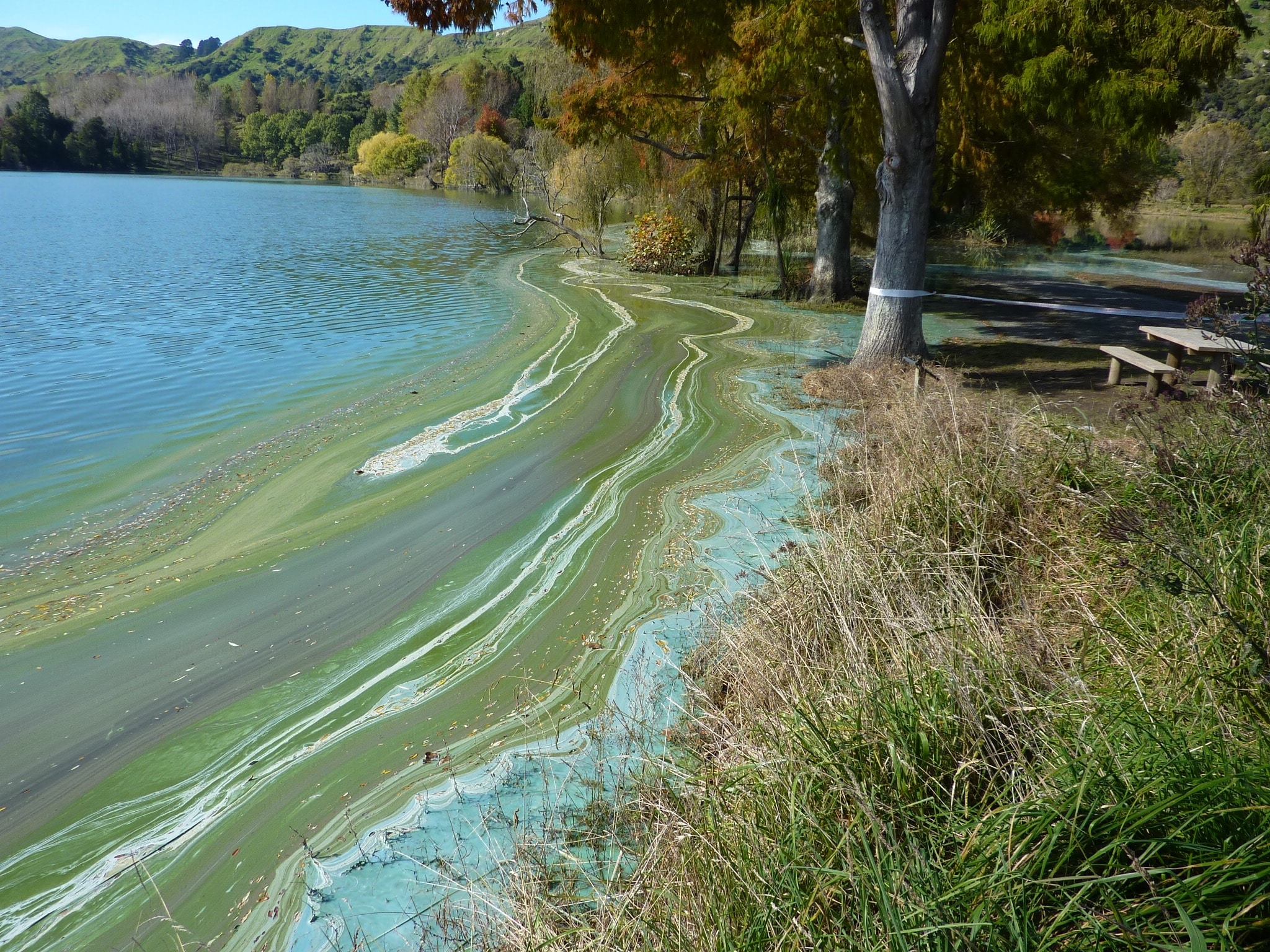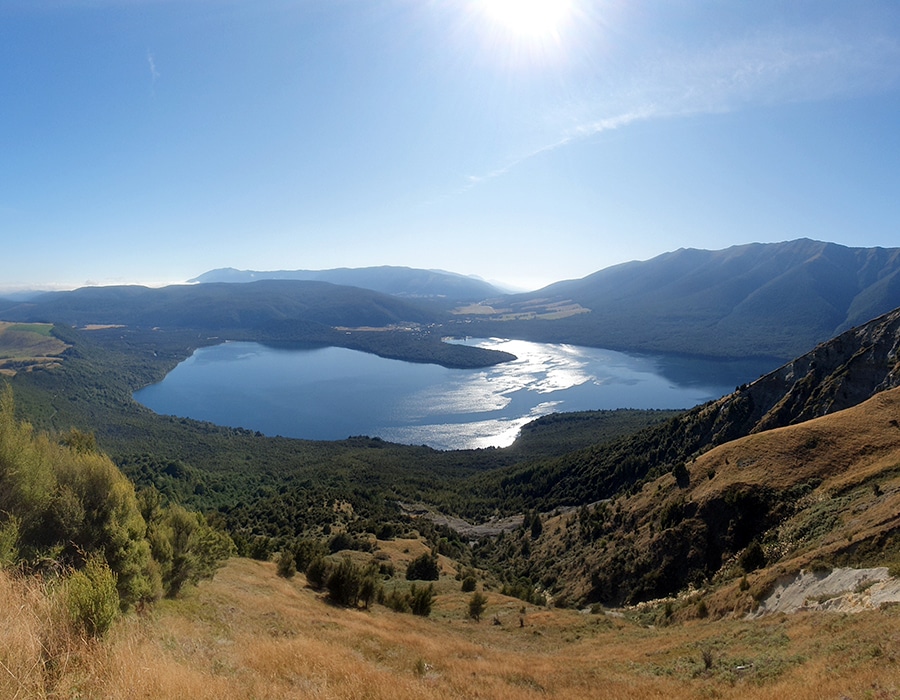Wheeler C, Pearman JK, Howarth JD, Vandergoes MJ, Holt K, Trewick SA, Li X, Thompson L, Thomson-Laing G, Picard M, Moy C, Wood SA. 2024. A paleoecological investigation of recent cyanobacterial blooms and their drivers in two contrasting lakes. Harmful Algae. 131:102563.
Abstract
Cyanobacterial blooms are one of the most significant threats to global water security and freshwater biodiversity. Interactions among multiple stressors, including habitat degradation, species invasions, increased nutrient runoff, and climate change, are key drivers. However, assessing the role of anthropogenic activity on the onset of cyanobacterial blooms and exploring response variation amongst lakes of varying size and depth is usually limited by lack of historical records. In the present study we applied molecular, paleolimnological (trace metal, Itrax-µ-XRF and hyperspectral scanning, chronology), paleobotanical (pollen) and historical data to reconstruct cyanobacterial abundance and community composition and anthropogenic impacts in two dune lakes over a period of up to 1200 years. Metabarcoding and droplet digital PCR results showed very low levels of picocyanobacteria present in the lakes prior to about CE 1854 (1839-1870 CE) in the smaller shallow Lake Alice and CE 1970 (1963-1875 CE) in the larger deeper Lake Wiritoa. Hereafter bloom-forming cyanobacteria were detected and increased notably in abundance post CE 1984 (1982-1985 CE) in Lake Alice and CE 1997 (1990-2007 CE) in Lake Wiritoa. Currently, the magnitude of blooms is more pronounced in Lake Wiritoa, potentially attributable to hypoxia-induced release of phosphorus from sediment, introducing an additional source of nutrients. Generalized linear modelling was used to investigate the contribution of nutrients (proxy = bacterial functions), temperature, redox conditions (Mn:Fe), and erosion (Ti:Inc) in driving the abundance of cyanobacteria (ddPCR). In Lake Alice nutrients and erosion had a statistically significant effect, while in Lake Wiritoa nutrients and redox conditions were significant. formas humanitatis per seacula quarta decima et quinta decima. Eodem modo typi, qui nunc nobis videntur parum clari, fiant sollemnes in futurum.




